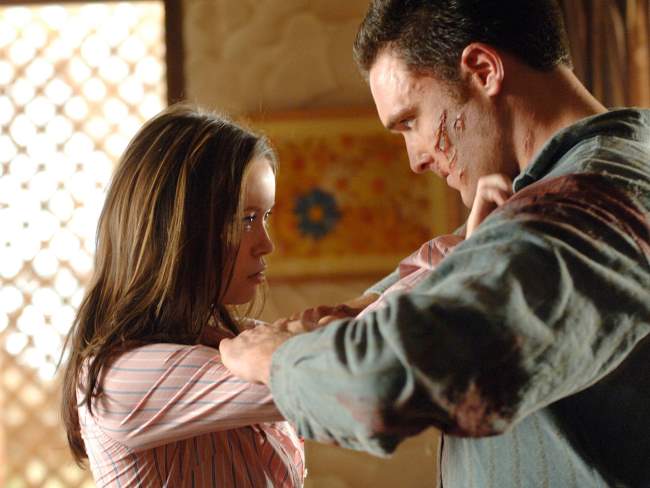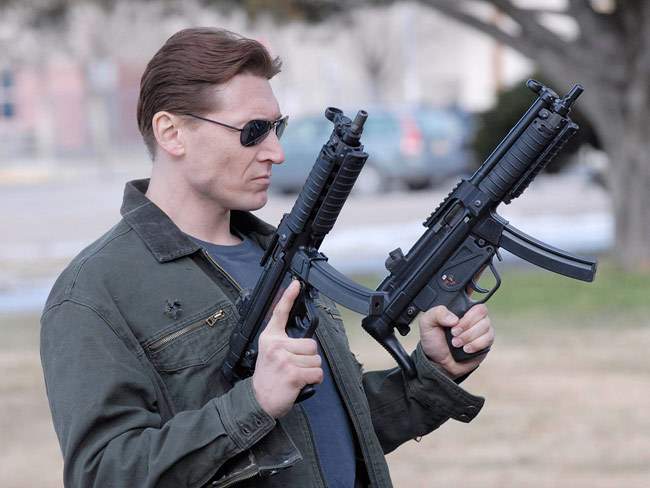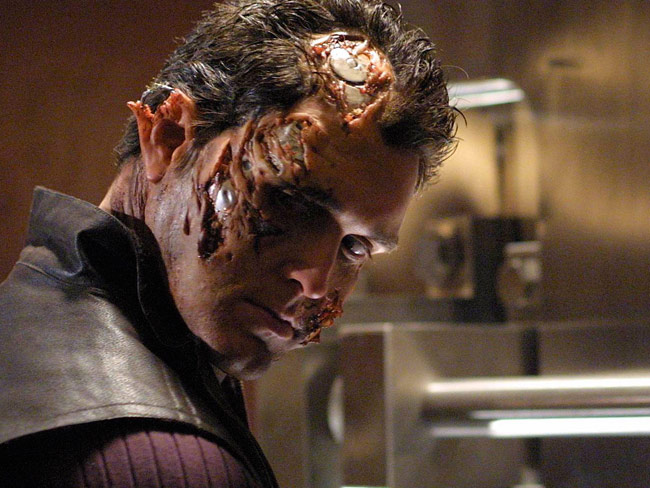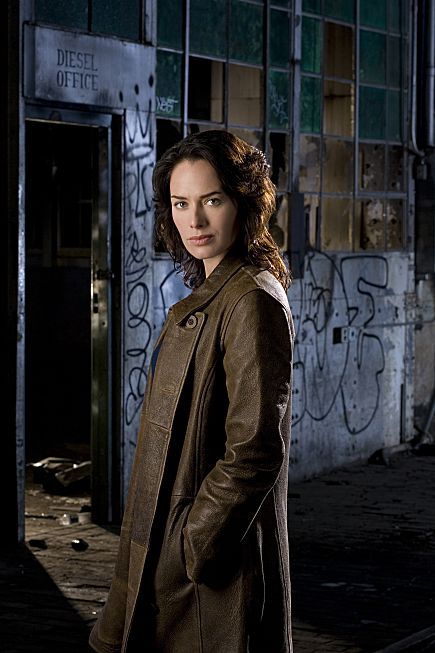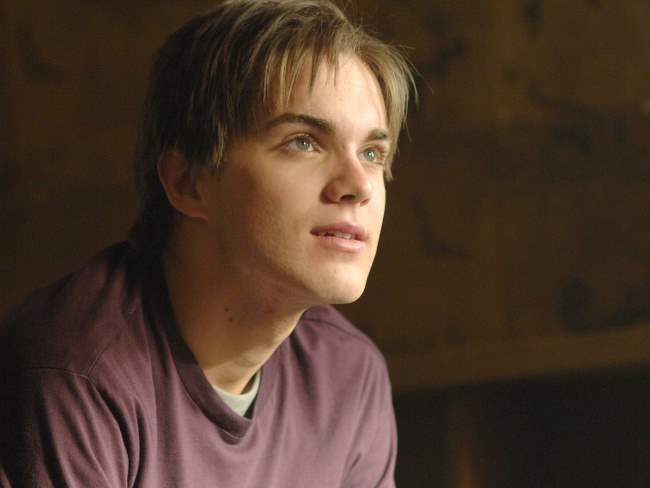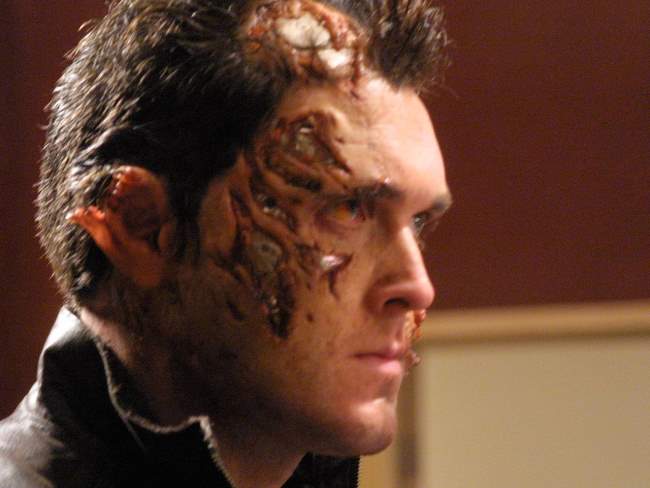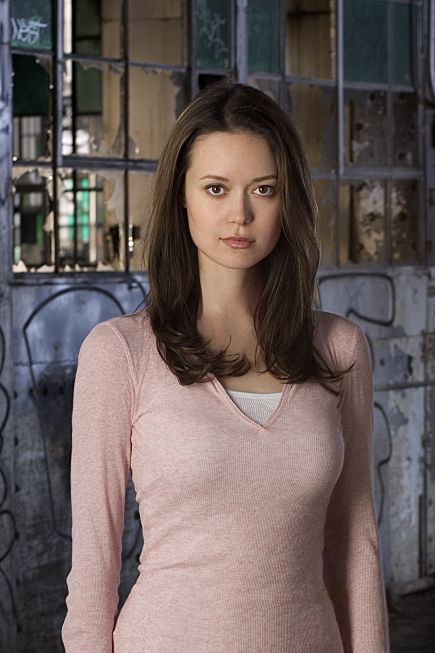January 15, 2008
Akira Club
Art Book Review By: Ak!mbo
Author: Otomo Katsuhiro
Year: 2007
Degree of Cyberpunk Visuals: Very high.
Correlation to Cyberpunk Themes: Very high.
Category: Cyberpunk Art Books
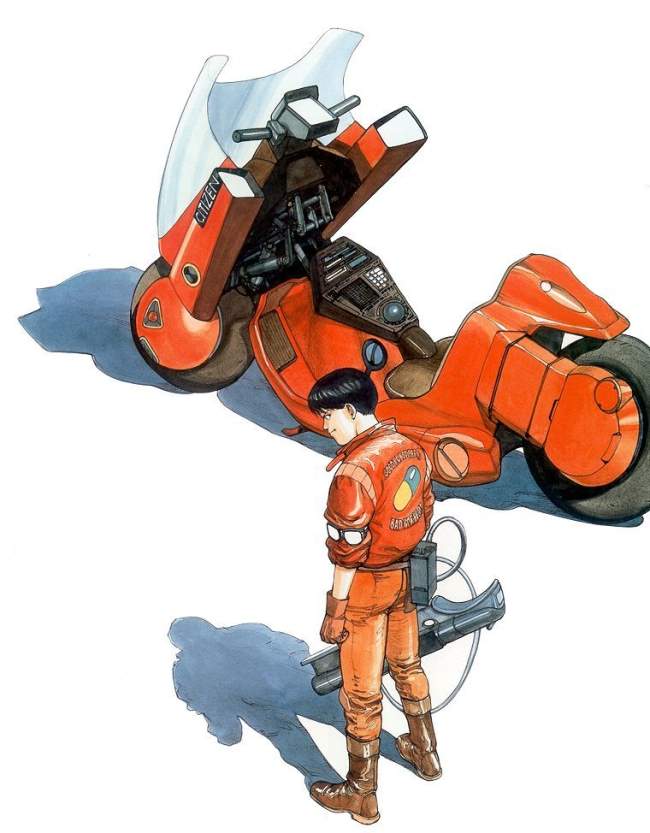
Overview: Akira Club is an art book featuring cover art, sketches and outtakes from the paperback Akira collections. It’s a little pricey at thirty bucks when most the artwork is in black and white, and another set back is the format, which doesn’t match the Akira books. Though mostly presented in black and white, Otomo Katsuhiro’s artwork will blow your socks off. The artwork in Akira Club is incredibly detailed and the author’s commentaries and sketches really show you how much work has been put into the product. While penned many years ago, it doesn’t look a bit outdated. Akira is an epic piece of work at over 2000 pages and has won awards and prestige around the world. The animated movie based on the manga re-introduced the west to Japanese animation in the nineties. The quality of animation mirrors that of the manga and although large parts of the manga were cut from the movie, it still gets the story through to the viewer pretty well.
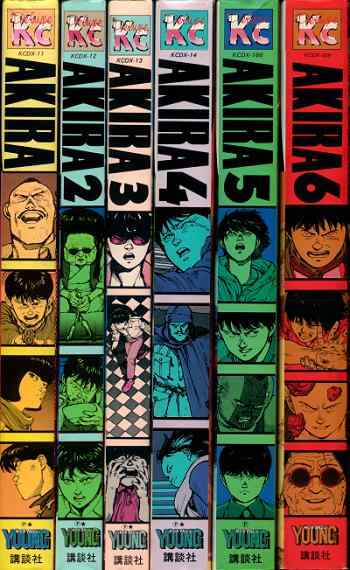
Background: The world of Akira is set after world war three and the destruction and rebuilding of Tokyo. Themes include transhumanism, corruption, low life and high tech and Akira comes across as incredibly cyberpunk, mostly focusing on the life of those on the ground in a super industrialized and militaristic Neo Tokyo. The artwork in Akira Club pretty much represents these themes in great detail. There’s a contrast between the giant, symmetrical skyscrapers which dominate the Neo Tokyo skyline and the life on the ground where there are a lot of organic and seemingly random shapes. There’s also a recurring theme of order put in chaos, like the front cover image; smooth motorcycle parts are jumbled together in a giant mess creating disarray where there once was a finely tuned machine, everything put together neatly.

A lot of the magazine covers show a destroyed Neo Tokyo behind mostly young people. The city being destroyed by a secret weapon created by the government, this gives a pretty strong image of the world being handed over to future generations ruined by our predecessors’ lust for more power through technological advances.

The Sections: The book is divided into four sections:
- Section One: The first section collects several full colour paintings of magazine and book covers, T shirt designs and promotional posters, supplemented with preliminary sketches and short comments from the author; Otomo Katsuhiro.
- Section Two: The second section is the biggest and focuses on the covers used for each chapter when Akira was serialized in Young Magazine. These weren’t included in the paperback collections because they’d break up the natural flow of the story, so having them collected here is kinda nice as the artwork is generally stunning. These do not include comments on the artwork but little musings on life by the author, which I personally found incredibly uninteresting.
- Section Three: The third section collects all sorts of odd artwork used in advertising and merchandise, there’s a lot of great art, but all in all it’s not as interesting as the last section of the book. Also included here are notes on the translation of Akira.
- Section Four: The fourth section is probably the coolest out of the whole book, although I wish it were longer. Titled, “Unpublished Works,” it shows panels and scenes that were never included in the finalized Akira comic books, some pages include parts that were included in the serialized version of the comic, but were cut from the paperback collections.
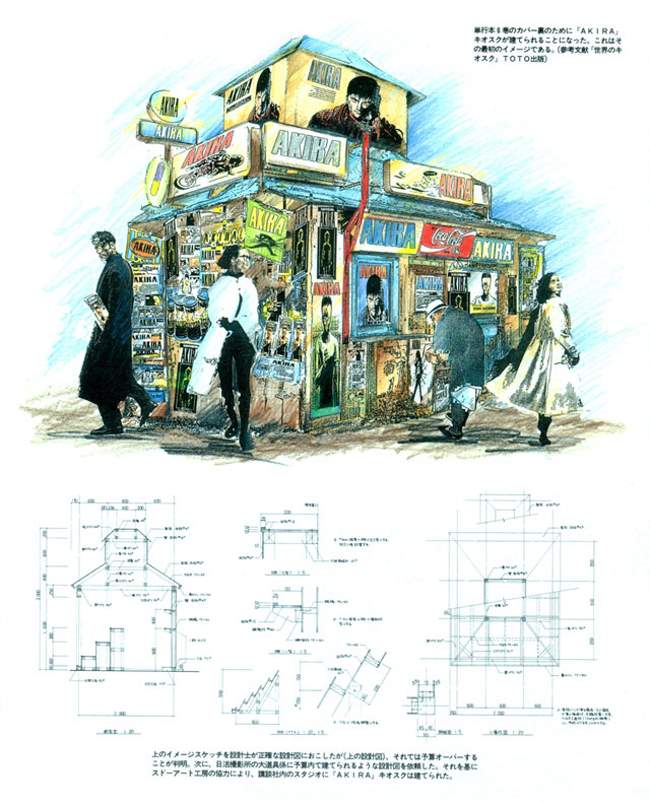
The Bottom Line: Having “read” through the book, I feel a little let down; it’s like there’s something missing. The artwork, though awe-inspiring, is as noted mostly in black and white, and I feel there could have been more colour illustrations put in to compensate for the large number of cover illustrations from Young Magazine. The last part of the book could also have been a little longer. At two thousand pages, I’m sure there is more unpublished material than on display here. I’d like to see the parts excluded from the paperback collections in better detail, preferably in entirety, as I’m sure others are as well. I’ve only had access to the translated collections and would like to know what I’ve been missing out on.

Should You Buy It? All in all, Akira Club is really for those with specialized interests, such as rabid Akira fans, anime historians and artists looking for inspiration in cyberpunk drawings of landscapes and dystopic scenarios. And even for these select few, the book isn’t perfect. However, I think of it as a nice addition to my bookshelf and I browse through it regularly, still “Ooh’ing” and “Aah’ing” at the incredible art. I wouldn’t say this is a must for cyberpunk or indeed Akira fans, but if you think you can afford it, it’s a good purchase and a great gift for those already familiar with the universe and story, be that through the manga or the anime version of Akira.

